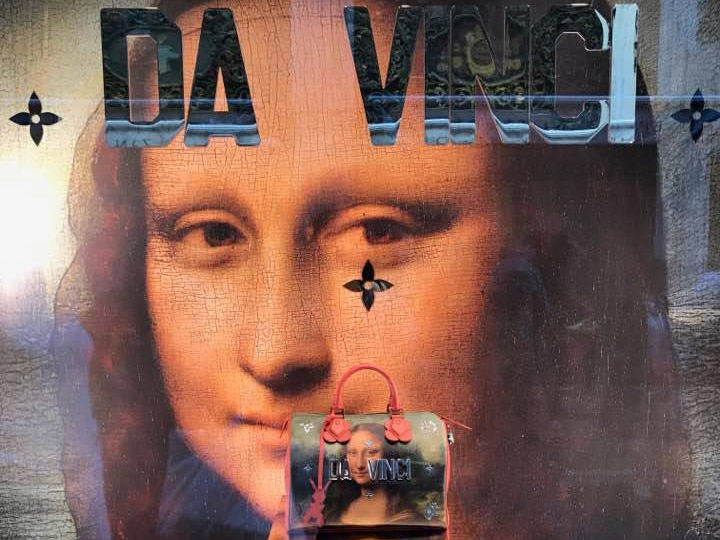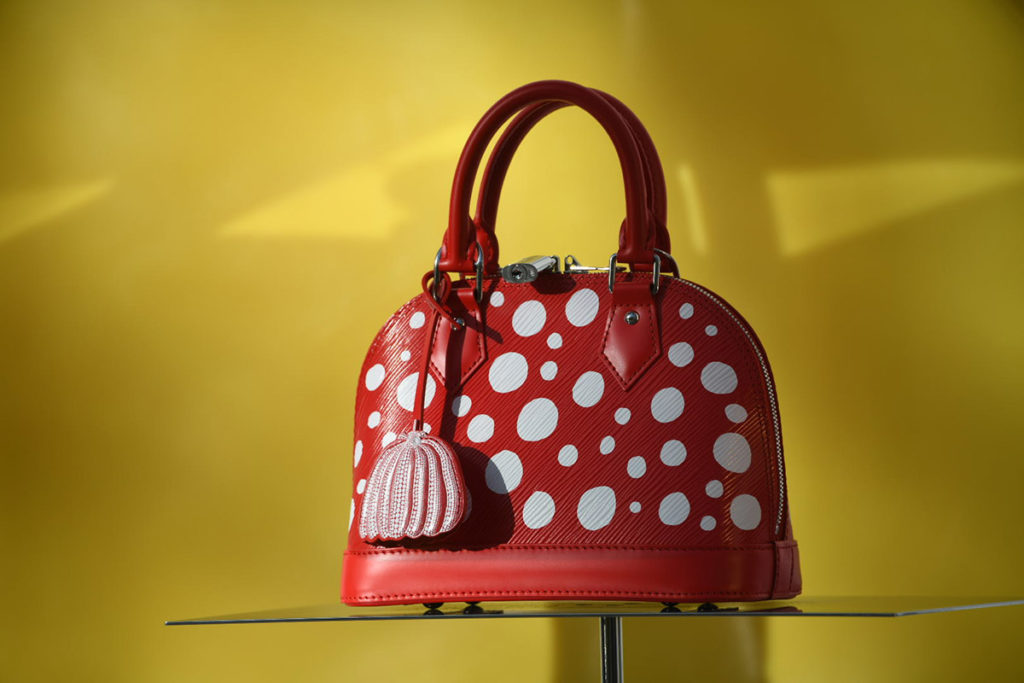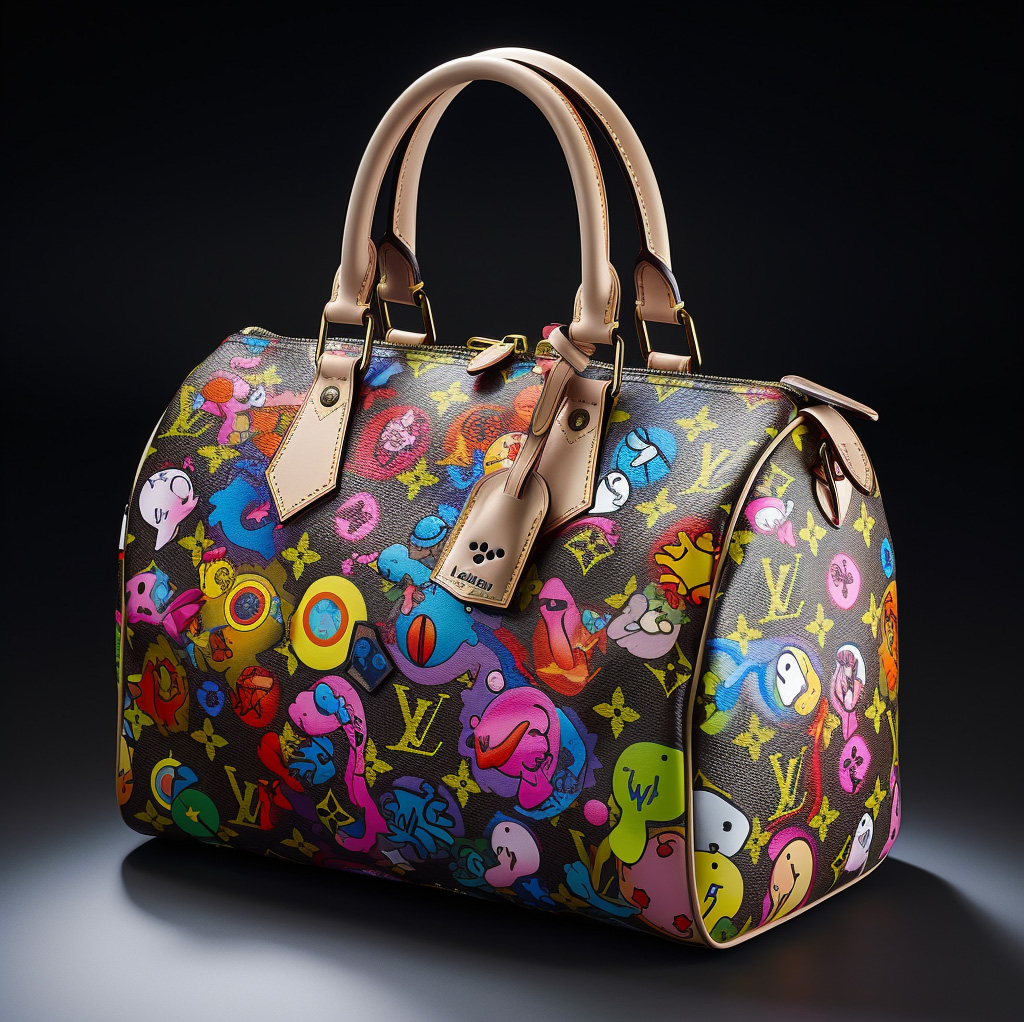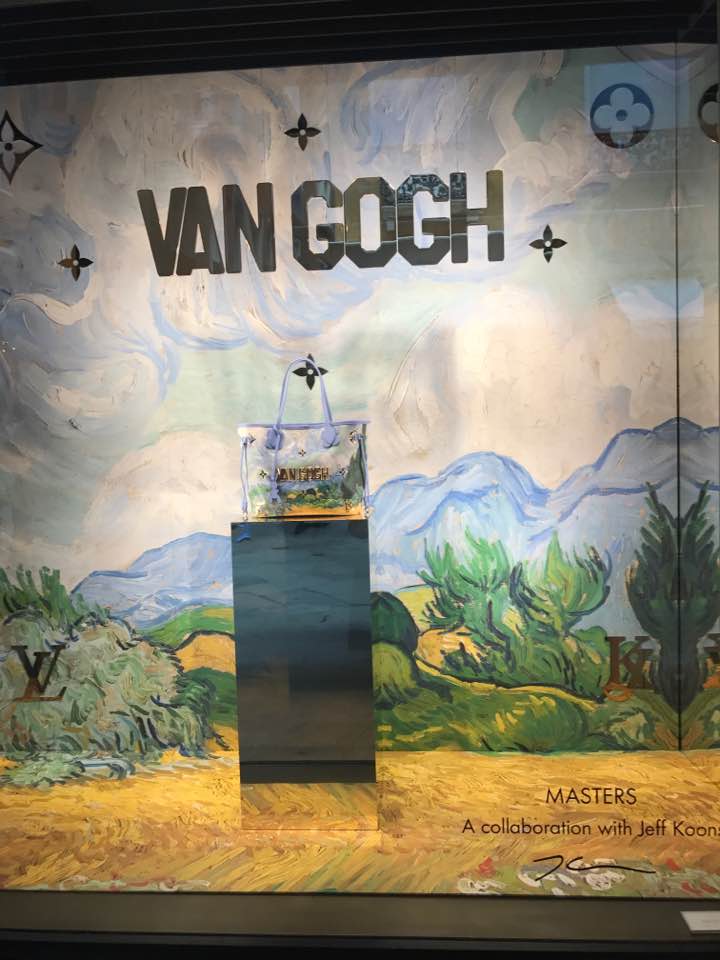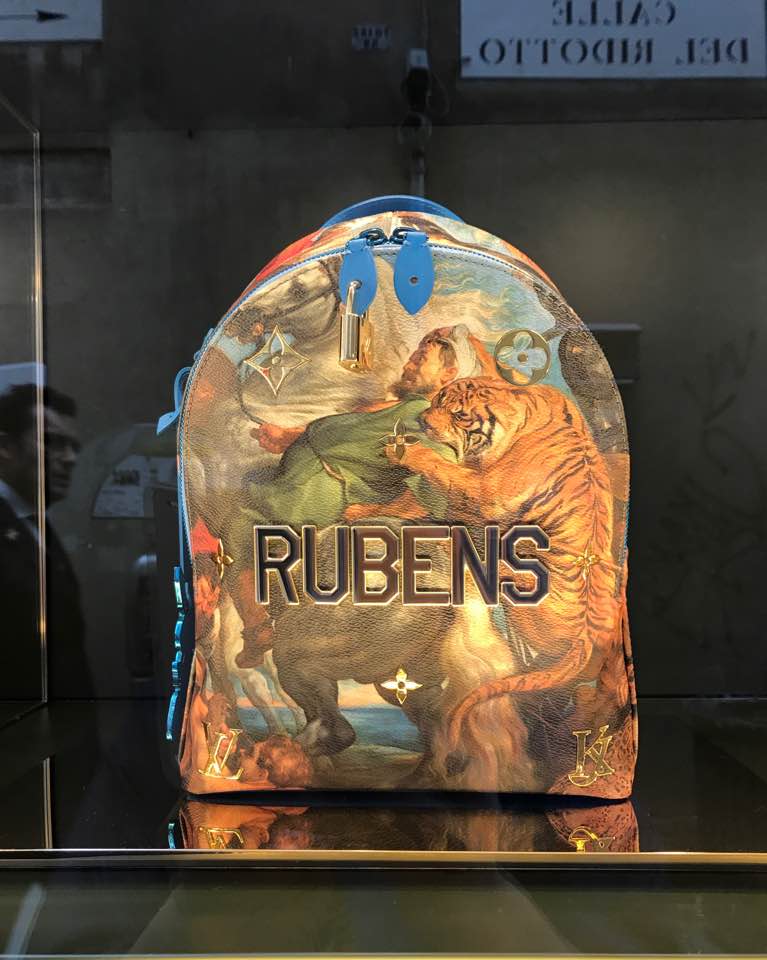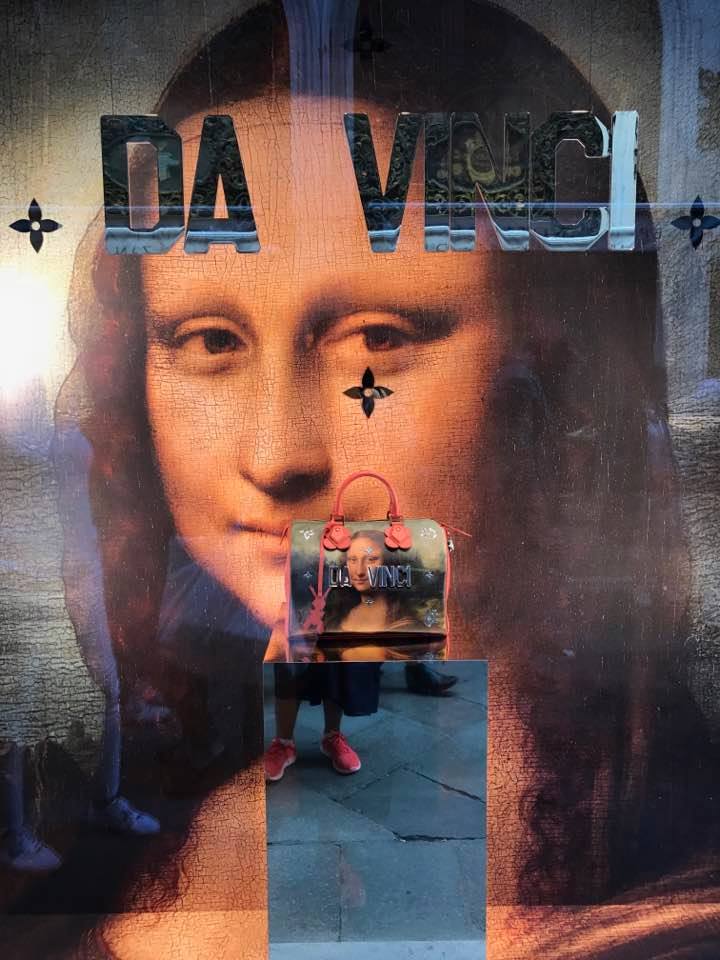In the luxury goods industry, innovation sometimes lags a little behind. Marketers spend a lot of money on creative advertising campaigns, innovative stores, stunning window displays (see example below), innovative customer interactions, and an impeccable customer experience. But what about the products themselves? Do they benefit from the same attention to innovation? In this article, I look at Vuitton’s collaborations with artists. I also look at the diversification of luxury brands. Some are indeed trying their hand at the hotel and restaurant business.
Contact us to conduct your marketing projects
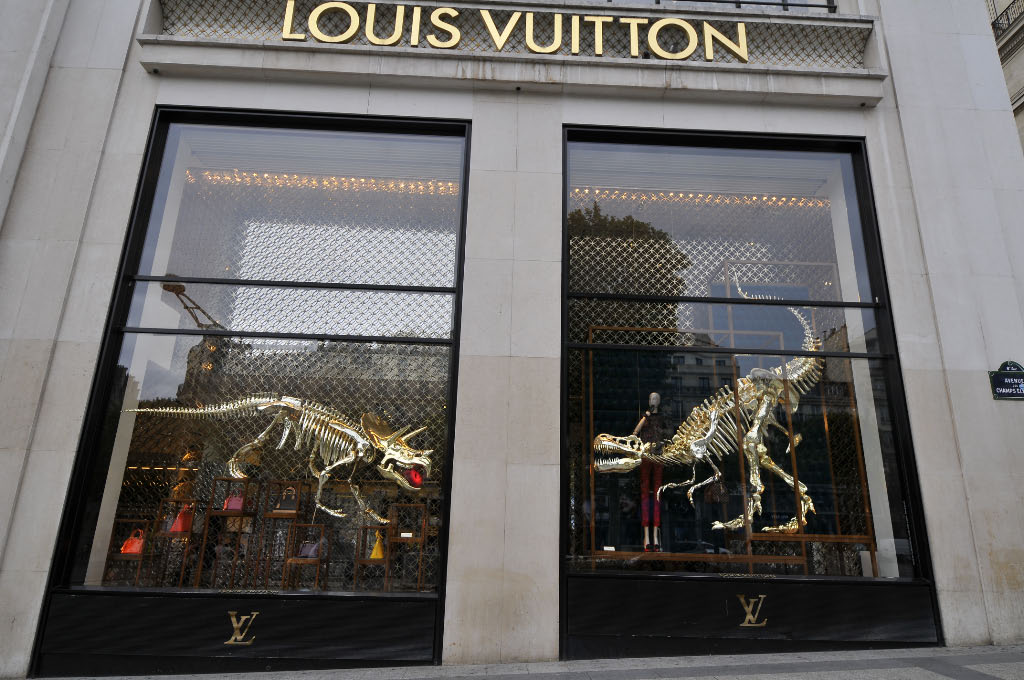
The most sought-after Hermès handbags have been the same for decades. The famous printed canvas of Vuitton bags has undergone only discreet evolution. Does this reflect the historical heritage of luxury brands? Does this mean that these brands restrain their designers to not shock their loyal customers? The fear of losing customers has led many luxury brands to be cautious with their product evolutions. Take Porsche’s 911, for example, whose exterior has hardly changed in decades.
Co-branding at Vuitton: novelty without shock
It’s worth mentioning the occasional collaborations that Vuitton initiates with contemporary artists. The brand’s DNA is kept intact, but a new touch is added to the usual range of products. Loyal customers will be delighted.
Jeff Koons
The collaboration between sultry artist Jeff Koons and Vuitton has given rise to a series of handbags, backpacks, and accessories far removed from the Vuitton norm. Masterpieces of painting were the basis of Koons’ inspiration to create striking leather goods (up to €4,000). Andy Warhol once transformed Renaissance art (Botticelli’s The Birth of Venus) into a tableau that smacked of kitsch. Koons is near to using the same process. Van Gogh, Rubens, Da Vinci, and Fragonard are all suddenly associated with objects already elevated to the status of social symbols of luxury (look at the queue outside the Vuitton store on the Champs-Elysées in Paris to grasp the social significance of Vuitton).
Yayoi Kusama
In 2023, Vuitton stores were transformed to host the most complex co-branding operation ever. It was a co-branding with Yayoi Kusama that gave rise to spectacular street marketing operations. We invite you to read our full article on the subject. The image below is an excerpt.
Fictional collaborations with Vuitton
These operations at the crossroads between craft and art prompted me to experiment with generative AI. By combining ChatGPT and MidJourney, I created new Vuitton bags from collaborations with artists who had never worked for the brand. The result was so impressive that I was invited to a conference. The organizer was convinced that these products were real and that we had worked with Vuitton.
Analysis of Vuitton’s Artistic Collaborations
As far as branding is concerned, these initiatives raise many questions and deserve to be analyzed. One can legitimately wonder. Are these bags still craft objects? Or have they become works of art? Have the masters’ paintings been associated on leather with an object, or have they replaced the latter, relegating it to the status of a stooge, a support like a canvas might be for a classical painter?
And besides, what is left of the Vuitton brand in this initiative? Could this collaboration between an artist and a luxury brand have occurred with any leather goods brand? And was the association with a world-renowned luxury brand really necessary? Would the initiative have had the same impact if Koons or Kusama had used bags made by an unknown brand?
The results of qualitative research revealed that artistic collaborations with luxury brands have a significant impact on the consumption of these products. Respondents expressed emotional and symbolic values linked to these products, such as aesthetic pleasure, the expression of their individuality, the satisfaction of being an art connoisseur, and the demonstration of their passion and skill. Luxury products with artistic elements were also perceived as a means of achieving social and intellectual elevation.
Luxury brands face a difficult choice: grow at all costs, even if it means tiring customers or stay true to their heritage and risk becoming boring.
Is diversification the key to luxury innovation?
In recent years, luxury brands have tried diversifying into related sectors. They aim to apply their DNA in areas where they were previously absent. This is particularly true of the hotel and restaurant sector. LVMH, for example, has just announced that the building it is renovating for Dior on the Champs-Elysées will become a new Vuitton flagship store. It will propose a restaurant and a 9-room hotel.
When looking to enter the restaurant business, it is important to balance brand authenticity and the operational constraints of the restaurant business. The latter can differ considerably from their core identity based on exclusivity and quality.
The specific expectations of luxury consumers may differ from the very nature of the establishments concerned. Confusion can arise if these expectations are not met. Moreover, expansion into unrelated sectors can lead to a reduction in the brand’s core competencies and a loss of focus. In the long term, this can lead to consumer fatigue and a loss of relevance.
Driven to grow at all costs by the financial markets, luxury brands are faced with a dilemma:
- Grow at all costs, even if it means alienating customers
- Remain true to their heritage at the risk of becoming boring
Posted in Misc., Other.
